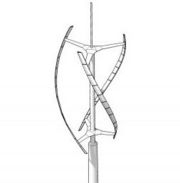Open collaborative design/'Open source' applied to the physical world
The simplest method is to share information through a website on how to make things using text, diagrams and photographs. A more sophisticated way to collaborate on complex machinery and products would be to share CAD assemblies much like project teams do in engineering and product design companies, knitted together with supporting information in an open and freely structured environment, much like a wiki  .
.
There are certain barriers to overcome for open design when compared to software development where there are mature and widely used tools available, and the duplication and distribution of code cost next to nothing. Creating, testing and modifying physical designs is not quite as straightforward because of the effort and time required to create the physical artifact. However the physical world is catching up fast with the virtual world in this respect.
